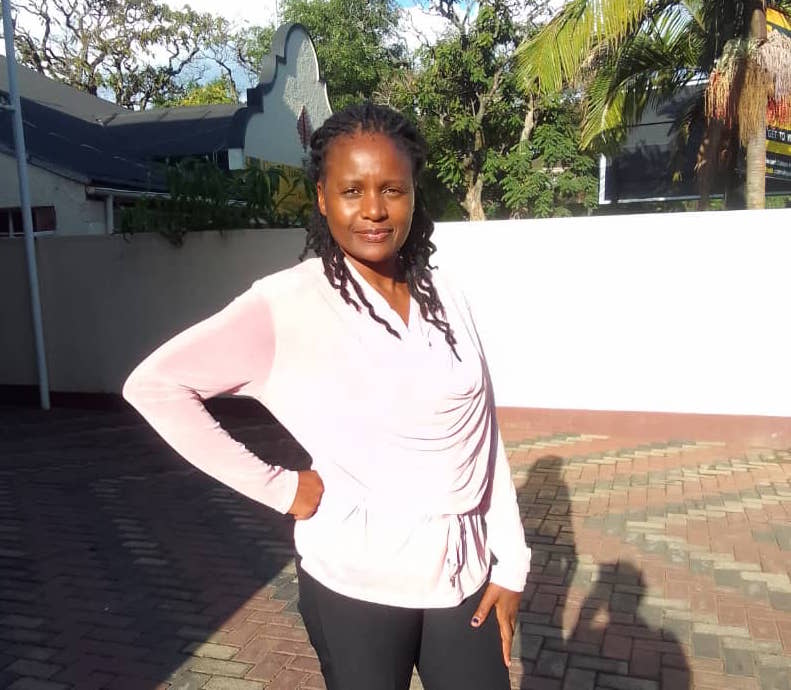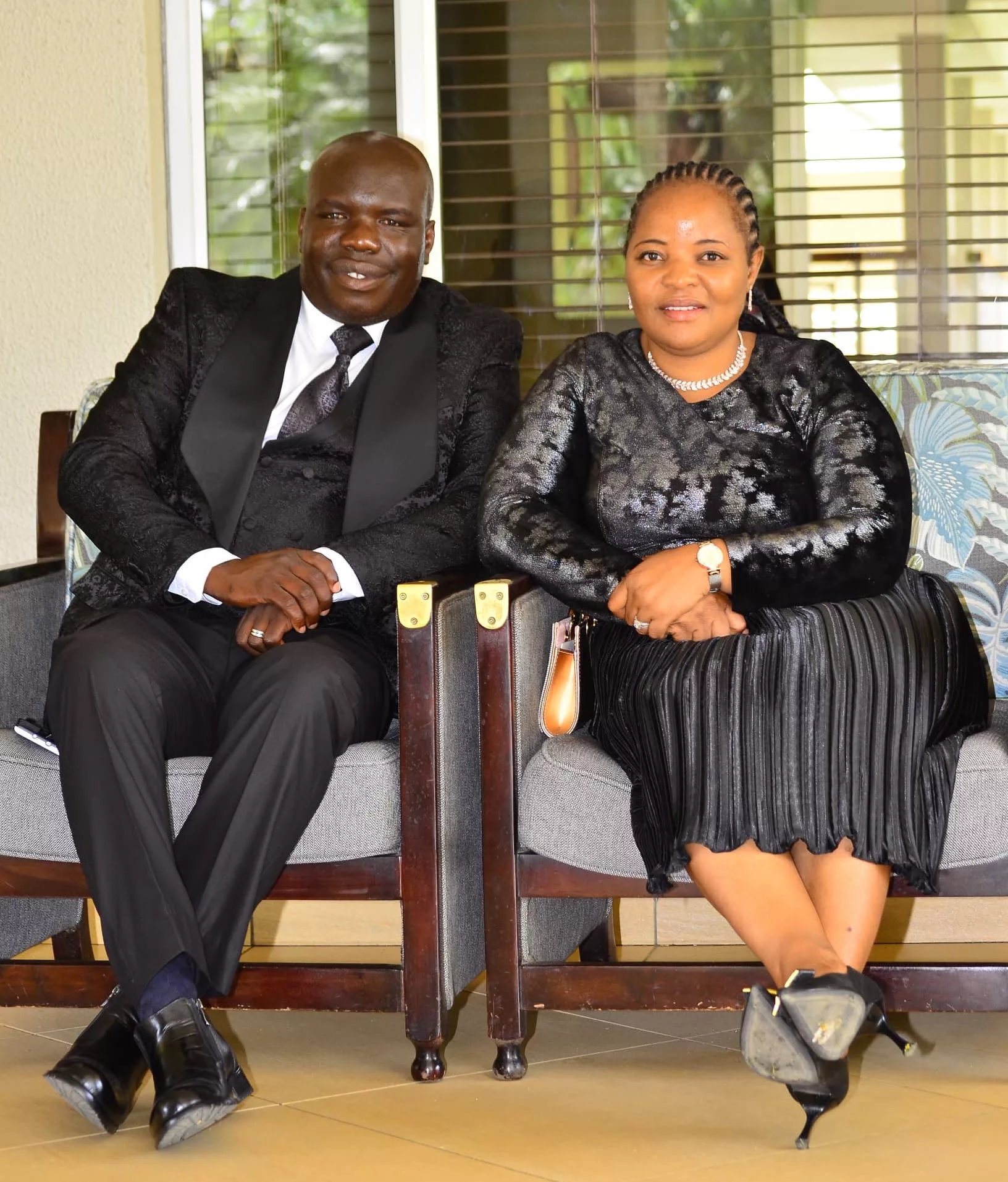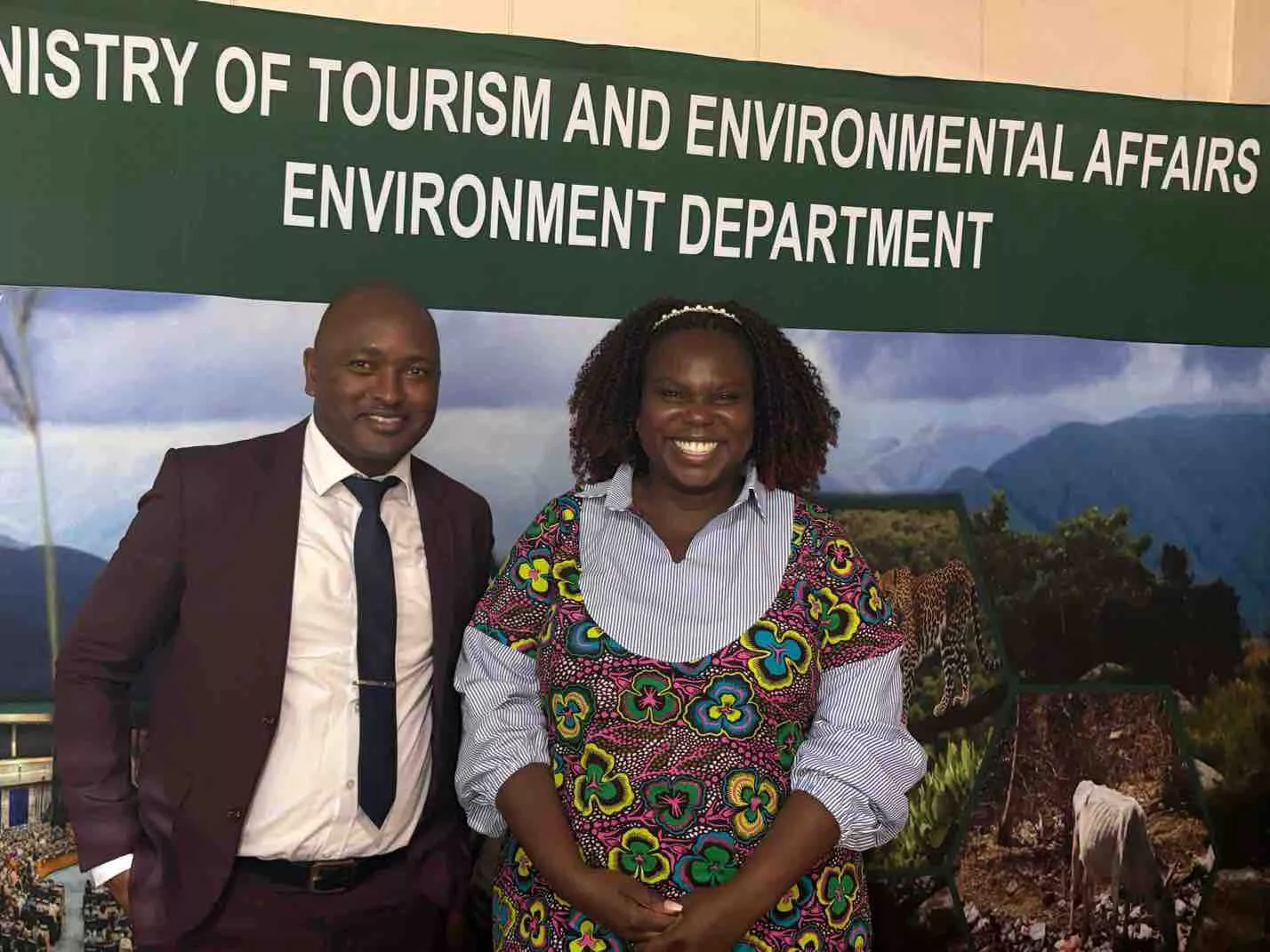|
Getting your Trinity Audio player ready...
|
By Hillary Munedzi
The government’s commitment to universal, free and compulsory education remains a pipe dream as 87% of the national budget is channelled towards employment costs, with 14.04% of the education budget falling short of the Dakar Declaration of 20%.
The Education for All (EFA) movement is a global commitment to provide quality basic education for all children, youth, and adults. At the World Education Forum (Dakar, 2000), 164 governments pledged to achieve EFA and identified six goals to be met by 2015 which include expanding and improving comprehensive early childhood care and education, especially for the most vulnerable and disadvantaged children and ensuring that by 2015, all children, particularly girls, those in difficult circumstances, and those belonging to ethnic minorities, have access to a complete, free and compulsory primary education of good quality.
“The lion’s share of the Infant education budget of 79% goes towards employment costs with the capital budget having been reduced to 2.4 % from 10% in 2021 and 6% in 2022 despite the glaring infrastructure deficit for ECD learners.
“The tuition grant of Z$1.3 billion together with the ZW$31 billion subsidy for public examination fees are grossly insufficient to improve access to learning opportunities and reduce inequalities. There is, therefore, a need to create a special fund for tuition financing.
“The Basic Education Assistance Module (BEAM), besides being insufficient to match the needs of all orphans and vulnerable children, is marred by inadequate releases ( Z$4.1 billion of the Z$20.5 billion 2022 BEAM budget was released by 30 Sept 2022, translating to a mere 20.3 %), corruption in the selection of beneficiaries and poor coordination between Ministries of Education and Social Welfare,” said Pepukai Chivore, Director Parliament Budget Office on the budget analysis in Harare recently.
The Education Amendment Act in 2020 has strengthened the legislative framework and opened vast opportunities for advancing the interest of the girl child, including Sexual and reproductive (SRHR) issues in the budget. Section 4 (1) of the Act states that “The State shall ensure the provision of sanitary ware and other menstrual health facilities to girls in all schools to promote menstrual health.” These other facilities may include water & sanitation, requisite infrastructure in all schools.”
The 2023 Education budget proposes ZW$24.2 billion for Learner Support services with 6% (Z$1.5 billion) earmarked for the provision of free sanitary wear to school girls. In 2022, ZWL$1.23 billion was allocated for sanitary wear in line with the provisions of the Education Amendment Act. The development means Zimbabwe joins other African countries like South Africa, Botswana, Lesotho, Zambia, and Kenya that are already – or have also resolved to – provide free sanitary towels to school girls who can’t afford to buy their own.
“We are happy that we got 14% of the overall national budget allocation. It is a good move, but we would love the Ministry of finance to allocate even more resources towards education and move towards the Dakar declaration which states that we should be getting at least 20% of the national budget allocation.
“We feel that we have gotten more resource allocation because we have a lot at stake. We have teachers’ salaries to be covered. We have the infrastructure in schools that is dilapidated and many things which went wrong during the Covid 19 pandemic and we would have liked to have those things addressed as soon as possible so more funds are needed for education.
“On issues of infrastructure development, we are calling on our stakeholders, after we realised that the budget allocation is not going to be enough, to come in. We need more cooperate partners to come on board to help us achieve this dream. We need to improve our infrastructure especially borehole drilling in schools, books, and more classrooms being built. We think this will go a long way in the provision of quality education.
“On girls’ education, we really have to depend on our partners. Girls can not fail to attend school because of the unavailability of sanitary wear. This should be a thing of the past. We encourage more partners to come on board and help us so that this issue of shortage of sanitary wear becomes a thing of the past because girls’ education is important. Girls’ education is our dream come true. We have managed to get results before and in 2023 we will not fail,” said Daisy Zambuko, Education Coalition of Zimbabwe (ECOZI) Board secretary.
The erratic releases of budgeted funds, estimated at 52.7% of the 2022 budget by 30 September 2022 is a cause for concern as this negatively affects the ability of the Ministry of Primary and Secondary Education to meet its mandate as espoused in the National Development Strategy 1.
“In terms of improvement in Zimbabwe Dollars, it has improved from the past 12% to about 14 % for primary and secondary education but when combined together it comes to about 18%. But when it comes to real terms, I am worried that when it comes to US dollars it continues to slide if you compare it with the previous months it continues to slide down.
“And what worries me more is the disbursement of the funds and in the 2022 September budget only 50% of the budget allocated was disbursed and what is received is much less than that what is disbursed.
“Another issue is the utilisation of the funds that are disbursed. If we are looking for disbursement of what we call vote 15 which is for education and programme 3 which is for infants, it shows that about 52% was not utilised. It’s not a good thing because most of the bulk of the allocation was going to salaries, leaving very little to learning materials and to infrastructure development,” said Naison Bunu, the National Coordinator for Zimbabwe Network for Early Childhood Development Actors.






